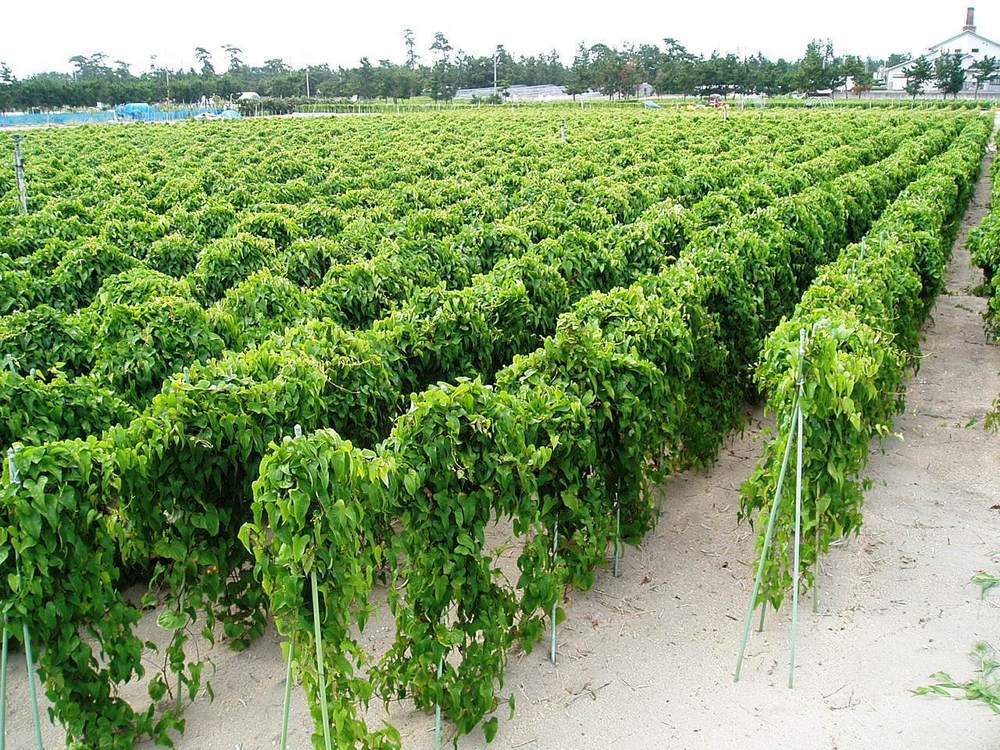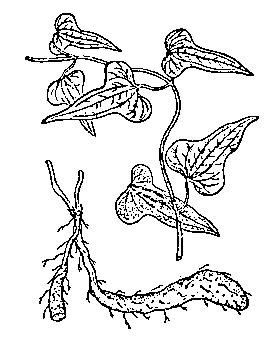[1] Barefoot Doctor's Manual- 1977 Prepared by the Revolutionary Health Committee
of Hunan Province. Original Chinese manual- Victor W. Sidel. Originally published
by Dr Joseph Quin and the Fogarty International centre, Bethdesda (1974). Madrona
Publishers Seattle Washington ISBN 0-914842-52-8
[2] Chinese Herbal Medicine Materia Medica - Dan Bensky and Andrew Gamble - Eastland
Press 1986 Seattle Washington ISBN 0-939616-15-7
[3] A Complete English Dictionary of Medicinal Terms in Chinese Acupuncture and
Herbalism 1981 - Henry Lu Chinese Foundations of Natural Health- The Academy of
Oriental Heritage, Vancouver, Canada.
[4] Medicated Diet of Traditional Chinese Medicine - Chief Editor- Hou Jinglun.
Associate Editors- Zhao Xin, Li Weidong, Liu Jianxin, Geng Chun-e, Li Guohua,
Li Shaohua. Geijing. Science & Technology Press 1994. ISBN 7-5304-1735-5/R.
309.
[5] Chinese System of Food Cures Prevention and Remedies. 1986 Lu, Henry. Sterling
Publishing Co., Inc. New York. USA. Distributed in Australia by Capricorn Book
Co. Pty Ltd. Lane Cove, NSW. ISBN 0-8069-6308-5.
[6] The Pharmaceutical Plant Company Pty Ltd
ppcherbs.com.au
Images
1.
jadeinstitute.com
Retrieved 24-July-14
2.
[1]
3.
1stchineseherbs.com
Retrieved 24-July-14
4.
garden.org by Hasec
2013-07-14 / Hokuei, Tottori, Japan. License: Public domain
Inner Path can not take any responsibility for any adverse effects from
the use of plants. Always seek advice from a professional before using a plant
medicinally Dioscorea
oppositifolia. D. opposita, D. polystachya, D. batatas,
D. esculenta, D. japonica 山
药 Shān yào Chinese
Yam, Sweet potato Family:
Dioscoreaceae
Dioscorea
oppositifolia. D. opposita, D. polystachya, D. batatas,
D. esculenta, D. japonica 山
药 Shān yào Chinese
Yam, Sweet potato Family:
Dioscoreaceae
 FLAVOR: Sweet CHANNEL: Spleen,
Lung, Kidney
FLAVOR: Sweet CHANNEL: Spleen,
Lung, Kidney

 HABITAT:
Cultivated or found growing wild along hillsides and in valleys.
HABITAT:
Cultivated or found growing wild along hillsides and in valleys.